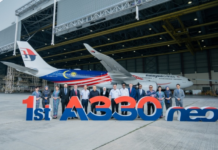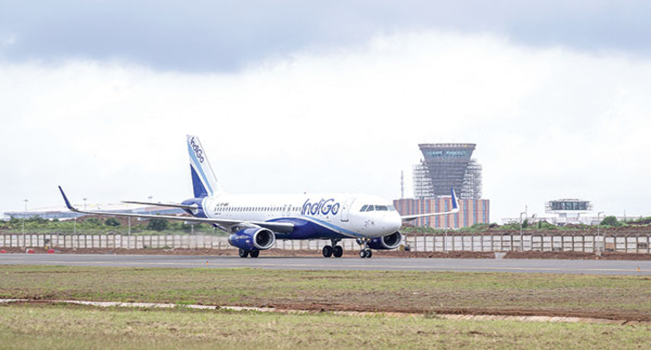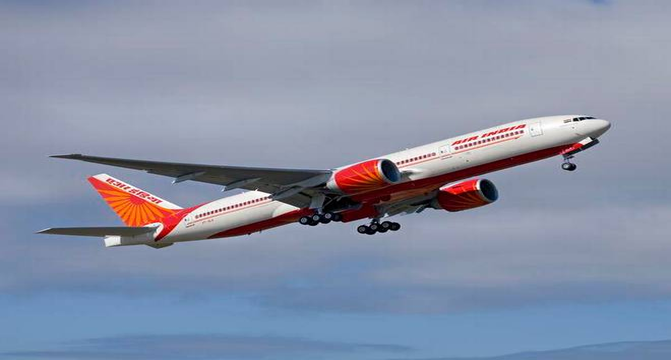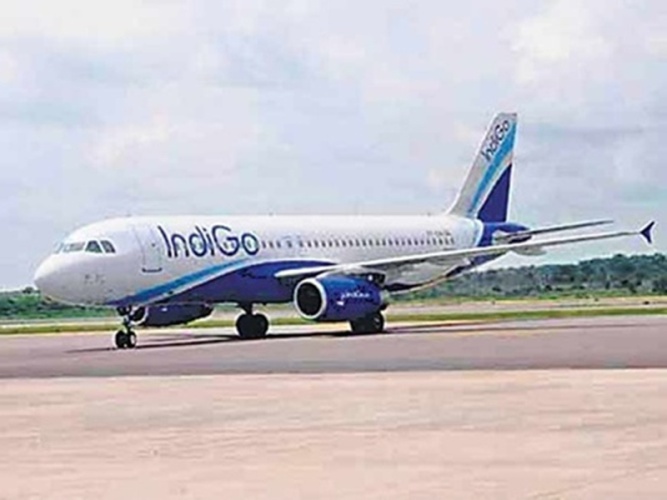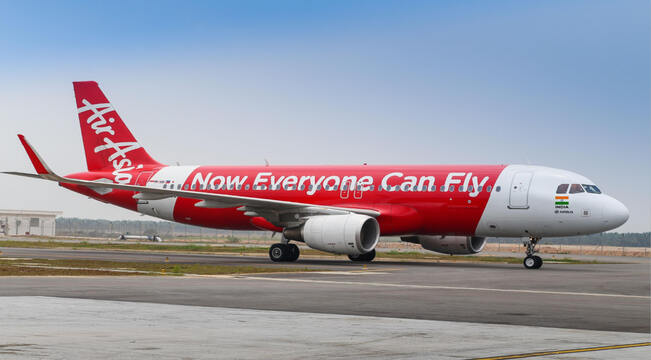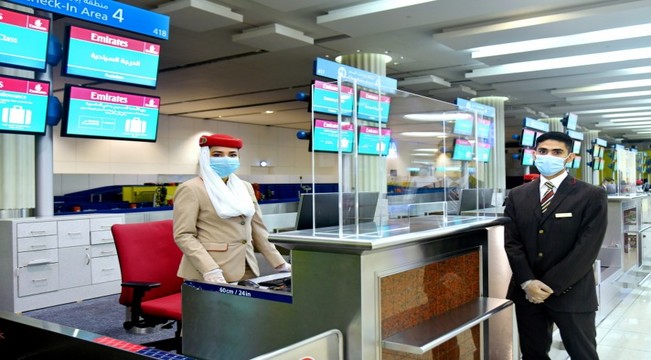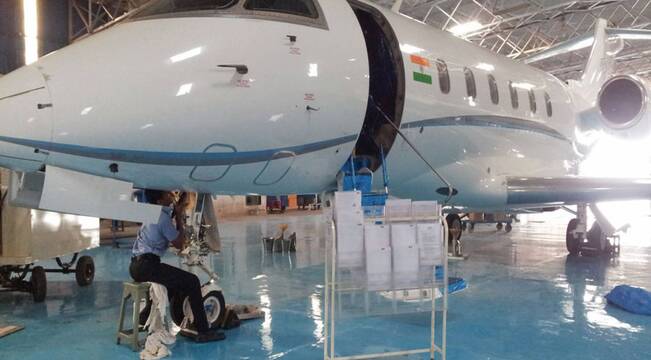New Delhi, October 04, 2021: Over the last few days, there has been much speculation over who will win the privatisation bid for Air India. Under the plan, the Government of India is to sell its 100% stake each, in Air India and Air India Express, and a 50% shareholding in the joint venture, AI-SATS (between Air India and Singapore Airport Terminal Services). Though the Government of India has clarified that “media reports indicating approval of financial bids by the Government… are incorrect”, there are signs that the winning bid will be that of the Tatas.
It could be a difficult merger
When the Tatas, with their joint venture with Singapore Airlines, launched an airline in 2015 under the brand name Vistara, it marked the culmination of a long battle, overcoming obstacles placed in their path by all other airlines including Air India. While the group has still to wade out of the red in this aviation venture, they have now been cornered to take over Air India and Air India Express, in spite of the anti-national barb being bandied about.
The other venture of the Tatas, Air Asia India, is also weighing them down. We have witnessed how Air India and Indian Airlines, which were in the black before their ill-conceived formal merger in 2007, plunged into a bottomless pit draining tax-payers’ funds. In the eventuality of the Tatas winning the Air India bid, merging the four airlines (Air India, Air India Express, Vistara and Air Asia India) will require large doses of the magic potion of Getafix of Asterix fame.
Many speed bumps
Vistara has just begun spreading its wings on long haul routes and also set service standards in general, with a Singapore touch. Under a Tata-owned Air India, will it concede that path to Air India or will there be a duplication of routes? Can people forget the multiple duplication of routes, offices, staff, etc. on international routes of the merged entity? If, as rumoured, staff are to be retained for a period of a year or so, with certain categories who cannot be given the golden handshake, being rehabilitated in other Tata ventures, it is going to demotivate existing efficient staff according to the reports published in thehindu.com.
Why did the Air India-Indian Airlines merger fail? The umbilical cord that each of these airlines had with Rajiv Gandhi Bhavan (the headquarters of the Ministry of Civil Aviation) was never cut. The kickback culture, with inflated costs, ensured that the venture only sank deeper into debt. What the Tatas would be getting now is a hydra-headed monster — the Air India-Indian Airlines entity and Air India Express . All of them work on the Peter Principle, with multiple types of aircraft. If one digs deep, the aircraft lease charges will be found to be several notches higher than what a professional outfit would have negotiated.
Vistara, a very professionally managed organisation, is now going to be buffeted by indisciplined, inefficient and corrupt personnel and the shockwaves are, without doubt, going to hurt. Have the Tatas foreseen the damage it can cause to their culture? Will the Tatas run the multi-airline system independent of interference by the Ministry of Civil Aviation? Only time will tell.
The Tatas may have the finances to bear the brunt of a forced buy. But do they have the means to bring in a safety and training culture of the highest standards that J.R.D. Tata, Air India’s founder, envisaged? Air India’s training standards are known to be entwined in fudged records, and on substandard simulators that lack mandatory equipment for want of spares. Trainers have been promoted not for their professional standards or competence but for their proximity to the powers-that-be. Documents have been fudged to show safety compliance, with the authority, the Directorate General of Civil Aviation (DGCA), turning a blind eye. Dangerous waivers and dispensations have been granted by the DGCA as they all come under a single umbrella, the Ministry of Civil Aviation!
At a time when the aviation scene worldwide is in the doldrums, the Tatas would need to fork out an estimated ₹24,000 crore for just the airline business and the share in the SATS venture. A ₹40,000 crore-plus or more of Air India’s debt goes into a special purpose vehicle that will monetise Air India’s assets such as property and land banks. Air India’s training centres are also located in those land banks. So, does the deal include these, or are these hidden costs as someone else may bid higher for those and the Tatas may end up forking out a huge sum for the use of these banks of land? The training centres that the current Vistara and Air India group use will be grossly inadequate for use by the new combine.
Staff issues, lax safety culture
One of the major problems that Air India has is its Delhi-centric operations and staff approach. For the Tatas to bring in efficiency, many staff would need to be relocated to various parts of the country for optimum use of manpower. In this, the Tatas could face huge resistance, backed by the political clout of the deadwood in Air India. The manpower absorption issue is going to hurt the new venture in a big way. If Vistara is to be merged with Air India, the dilution in standards is going to hurt the Tatas and result in a huge motivation problem for those who helped build Vistara and Air Asia India.
Another major issue is the safety culture. Except for an incident in 2019 — a case of low fuel and an emergency landing in Lucknow — (the report was covered up by the DGCA), Vistara has generally had a clean record. What the Tatas could be getting now is an ‘airline combo’ with abysmal safety standards and culture. Air India Express can be called an ‘accident/incident-a month-prone’ entity. Its failures have resulted in nearly 180 lives being lost. In addition there are cases of several close shaves at various airports and severe damage to aircraft on record. Air India too has had its share of accidents and serious incidents, fostered by the low safety culture of the DGCA. All this is going to fall into the lap of the Tatas. In the event of Tatas winning the bid, any such safety incident will be referred to as a Tata airline accident/incident. Do the Tatas want such a tag? They need to crack the whip and correct this aberration and culture, which is not going to be popular in Delhi.
Maintenance is another major issue with Air India. The culture of hidden snags and verbal reporting has to end. A mindset has to emerge that every passenger life is precious and a flight cannot be cleared unless an aircraft is 100% safe. This is going to be the most difficult task for the Tatas.
The flight path
Finally, Air India and Vistara will be the only two full service carriers in India and need to focus on yield rather than load factor. They need to take lessons on how British Airways handled the invasion of the load factor mindset propagated by Laker Airways. They need to focus on service, safety and high training standards. They need to axe the non-performers in Air India. They must desist from filling up the airline board with cadre from the Indian Administrative Service as they have proved to be the most disastrous minds for aviation in India. The collapse of so many airlines in India and the huge debt Air India is saddled with is a living example of this.
The novel coronavirus pandemic has hit several airlines worldwide. Many have been downsized. And Tatas could be acquiring a white elephant! It could be 2025 when aviation regains its glory after COVID-19. Are the Tatas prepared for the long wait?



